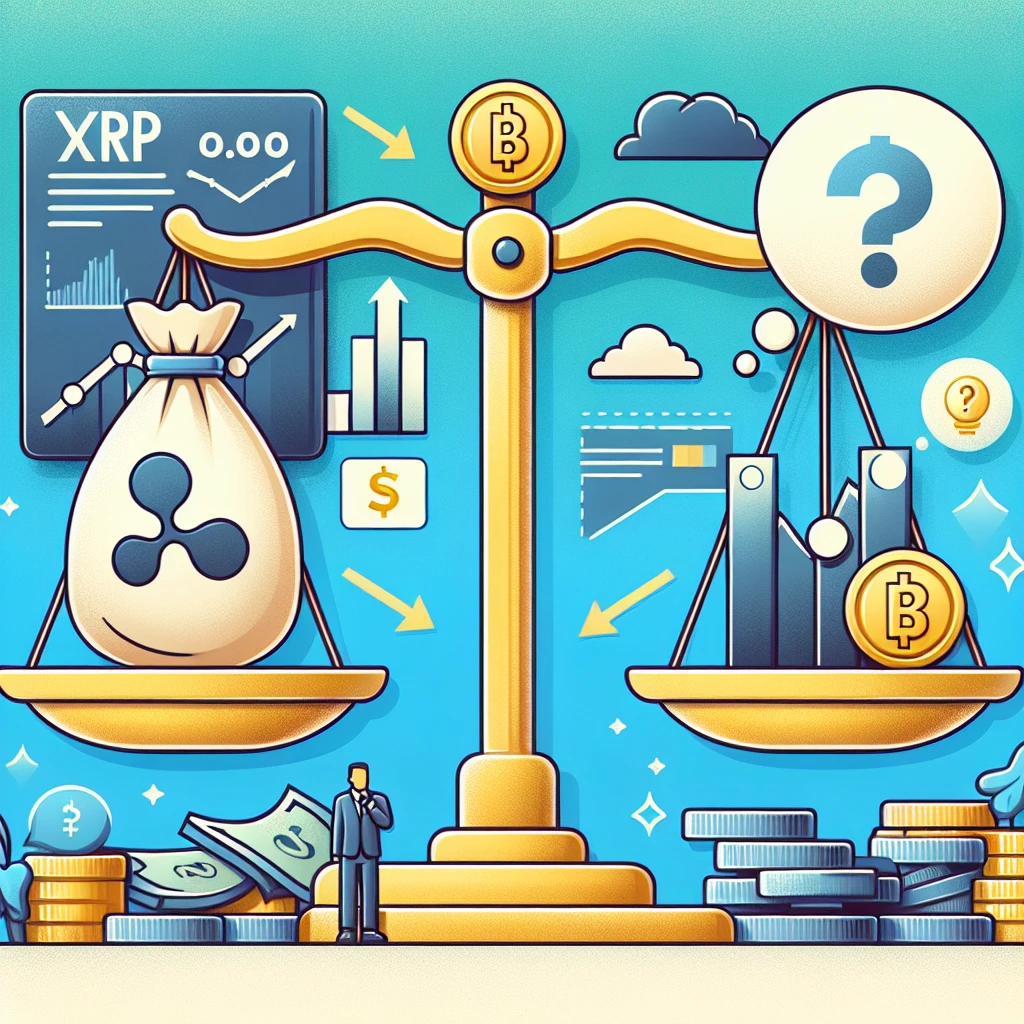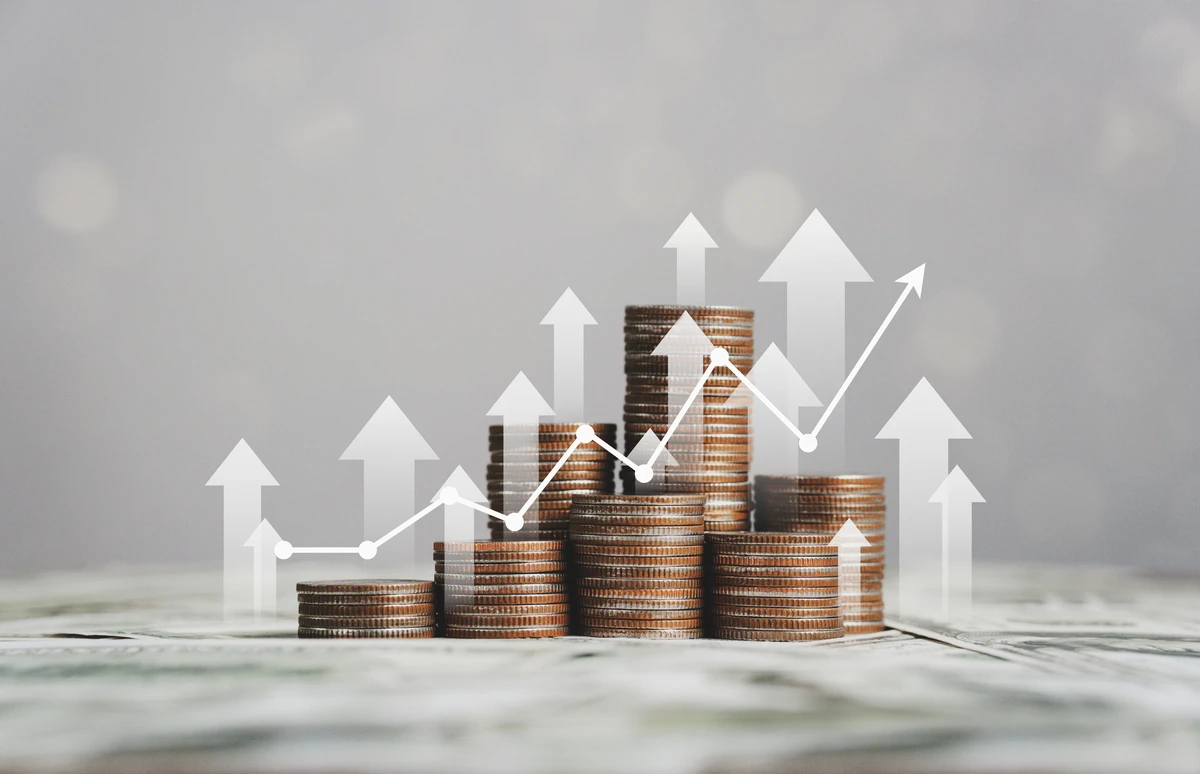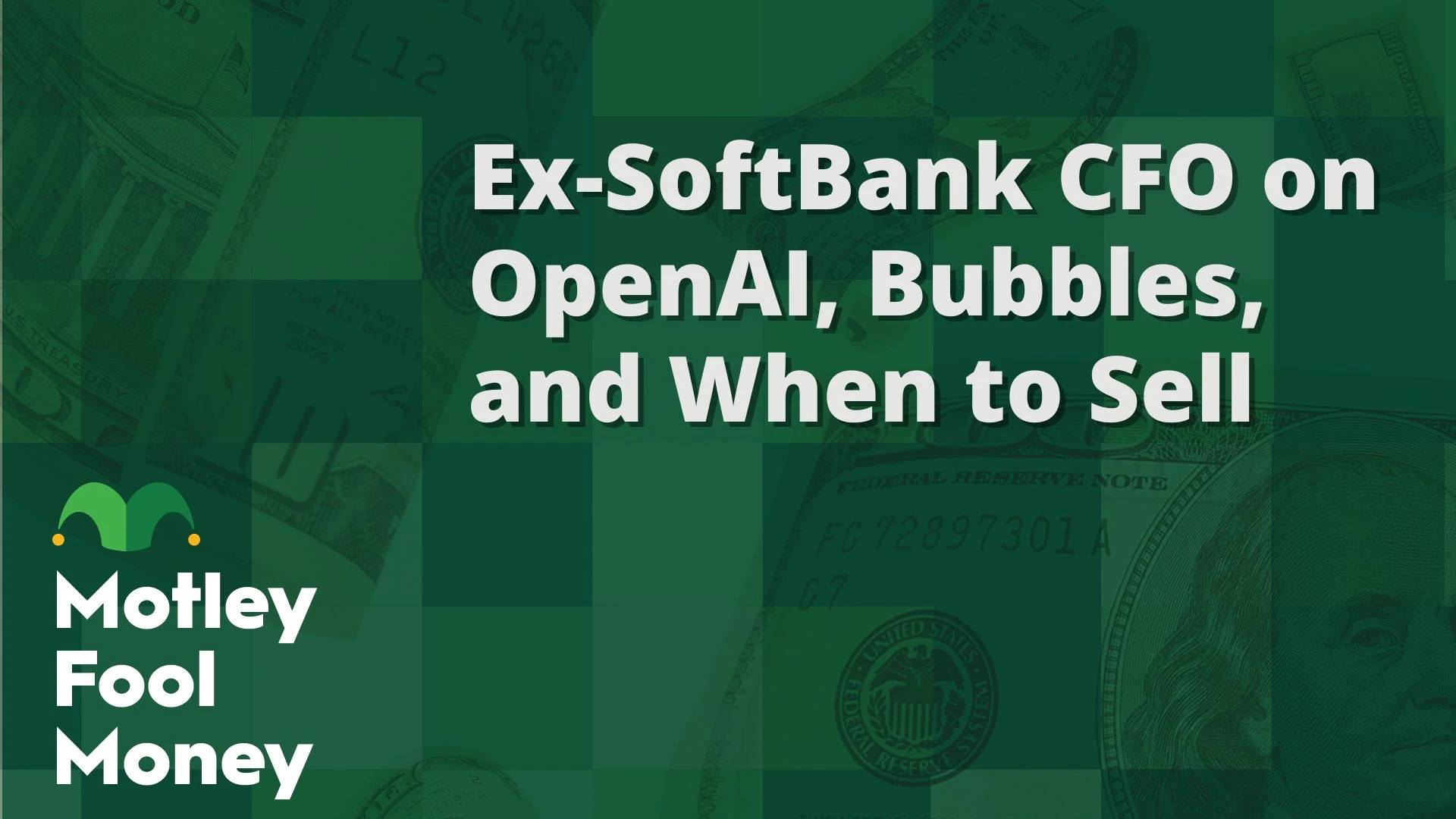XRP, like its fellow cryptocurrencies, has subjected its investors to a tumultuous journey over the years. Although it has experienced brief price spikes in the past, it currently trades at 85% below its all-time high.
Is now the right time for investors to purchase XRP with $1,000 during this dip and hold it through 2024 and beyond? Let’s examine the arguments for and against this innovative cryptocurrency before reaching a decision.
A Practical Application
According to coinmarketcap.com, there are over 2.4 million different cryptocurrencies in existence. Despite the industry’s explosive growth in recent years, the majority of these blockchain networks lack a practical purpose and are unlikely to have promising futures.
XRP distinguishes itself in this aspect. It was designed to facilitate faster and more cost-effective cross-border payments. Utilizing blockchain technology, the Ripple network serves as a bridge between two fiat currencies. A sender can convert money to XRP in one country, transmit it across the network, and the receiver can convert it back into the local currency. These transactions cost less than a cent and settle within seconds.
Given the inherent design of cryptocurrencies to swiftly transfer value, targeting the financial services sector seems logical for this technology. In XRP’s case, it focuses on a massive segment of the economy, which theoretically offers substantial potential if adoption gains momentum.
Annual global remittance flows are nearing $900 billion, a staggering figure that excludes transactions between major entities like governments, banks, and corporations. If XRP can capture even a small fraction of this market, demand and its price could soar—a scenario that XRP enthusiasts eagerly anticipate.
Clear Risks
However, certain risks need careful consideration. Regulatory uncertainty is a significant concern. Ripple had to pay $250 million in a settlement with the Securities and Exchange Commission over the unregistered sale of coins to institutional investors, a decision seen as a win for the crypto industry.
Yet, despite the resolution, XRP is likely to remain under regulatory scrutiny. Potential appeals and unfavorable rulings could severely impact its future prospects.
Additionally, XRP faces intense competition. Major banks, particularly in the U.S., handle vast sums of money moving in and out of the country. These institutions, with their substantial resources, are likely to invest in new technologies to strengthen their competitive edge and explore new growth areas. They certainly won’t idly watch as XRP captures market share.
Moreover, Bitcoin poses a challenge. With a market cap of $1.2 trillion—nearly 40 times that of XRP—it represents a more extensive and liquid market. If Bitcoin can develop effective scaling solutions to accelerate transaction times, it could handle a higher volume of cross-border transfers. Stakeholders might also favor its decentralized nature, free from central control.
While it’s promising to see XRP making strides in a significant market, predicting the landscape over the next five to ten years remains uncertain. If you’re comfortable with high-risk investments and optimistic about XRP’s long-term potential, it’s understandable why you might consider a modest stake in this digital asset. The cryptocurrency could eventually deliver substantial returns.
However, it’s equally possible that it could become a losing venture. The uncertainty is too great, which is why I have chosen not to invest in it.




